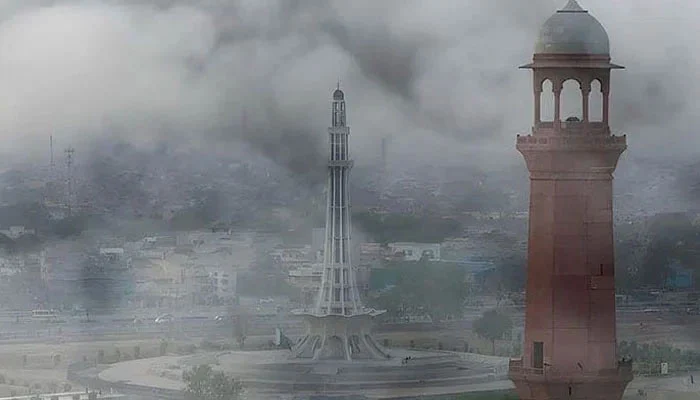LAHORE, PAKISTAN:
The air quality in Lahore, Pakistan’s historical and cultural hub, reached alarming levels this morning, posing a severe threat to public health and daily life. According to international weather monitoring websites, Lahore was registered as the second most polluted major city in the world for a brief period.
The measurement of Particulate Matters (PM) in Lahore’s atmosphere stood at 338, a reading categorized as “Extremely Hazardous” on the Air Quality Index (AQI). Health experts warn that exposure to such high concentrations of PM can exacerbate respiratory, cardiac, and other serious health conditions, disproportionately affecting vulnerable populations like children and the elderly.
The crisis is not isolated to Lahore. The situation was reported to be even more critical in other major cities, with Gujranwala recording a PM count of 808 and Faisalabad reaching 507, levels that are highly toxic and lethal for human health.
Understanding the Air Quality Index (AQI) Scale:
-
150 to 200 PM: Indicates pollution.
-
200 to 300 PM: Signifies severe pollution.
-
Over 300 PM: Represents critically hazardous pollution, demanding emergency action.
This perilous air quality has intensified pressure on the government and environmental protection agencies to implement immediate and effective measures to shield millions of citizens from the adverse effects of this silent killer.



